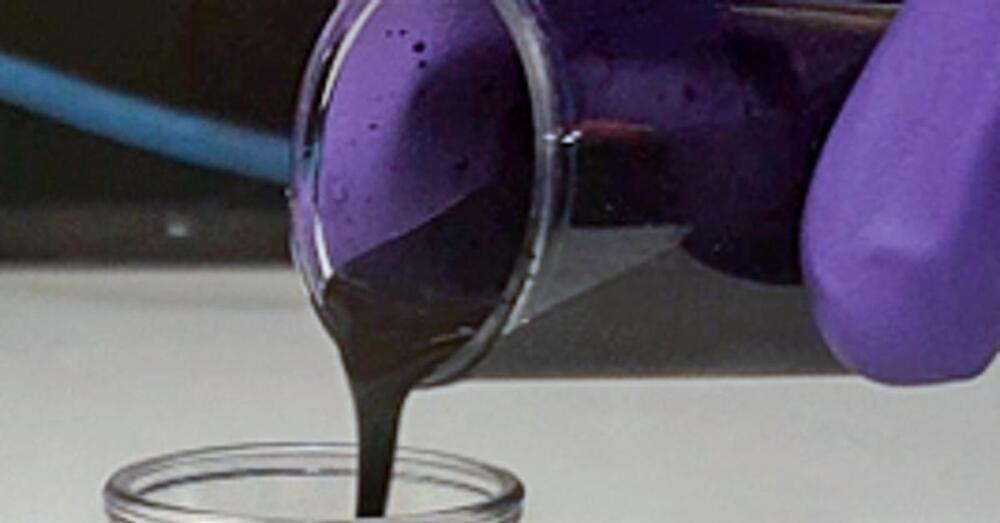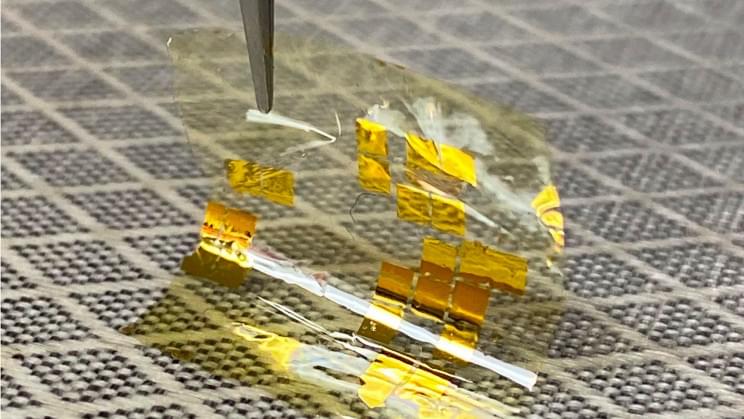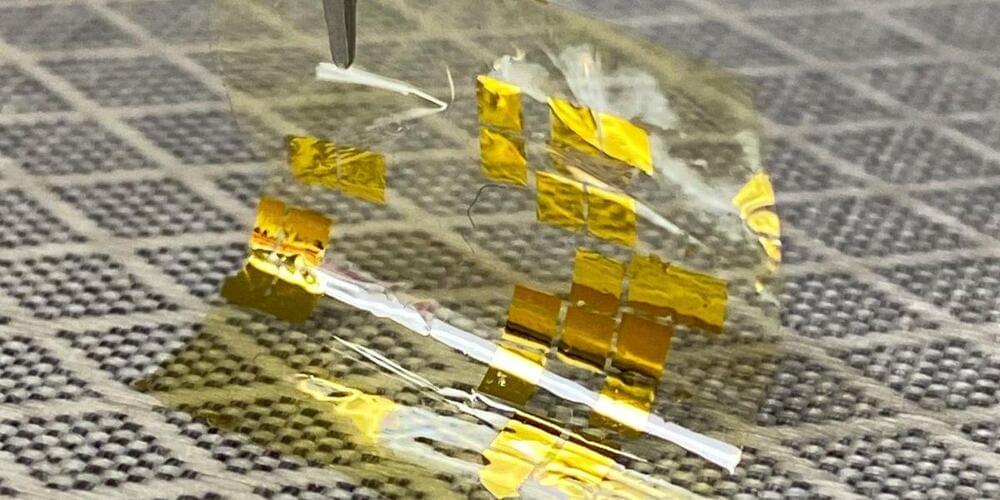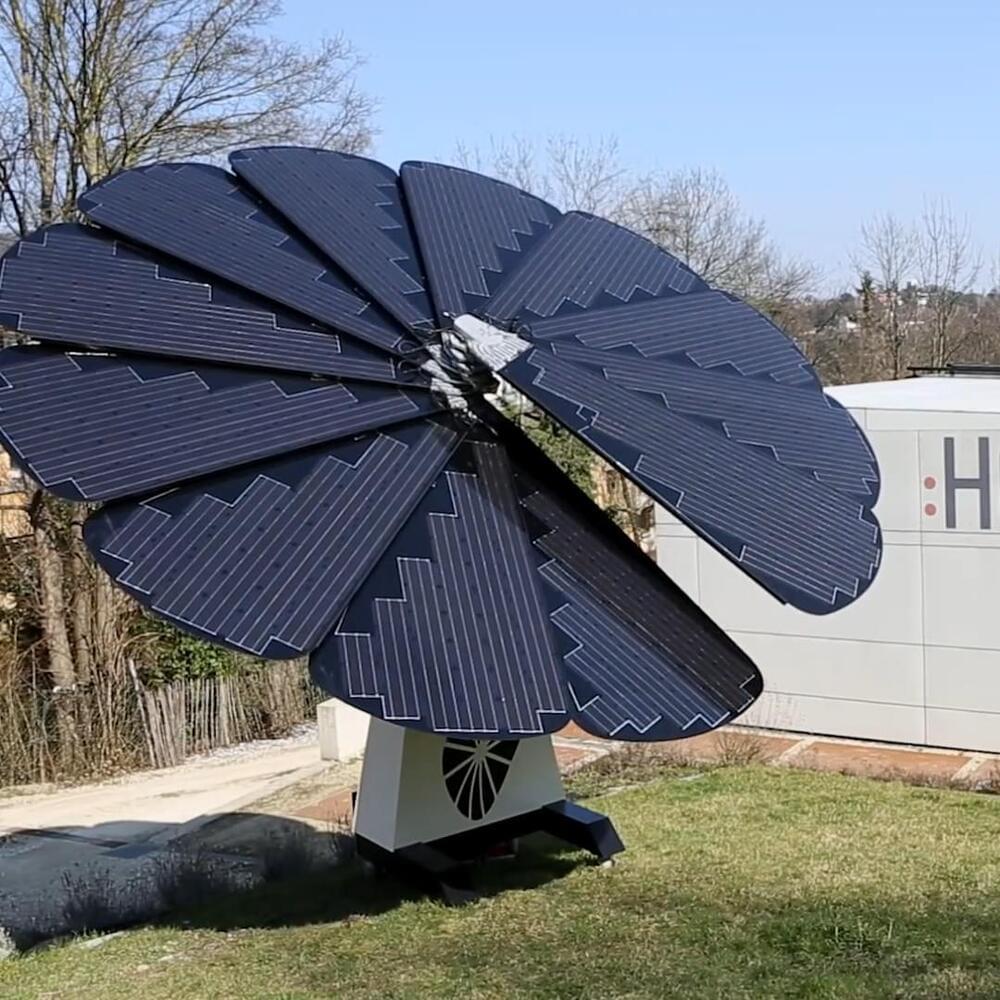
A new computational simulator can help predict whether changes to materials or design will improve performance in new photovoltaic cells.
In the ongoing race to develop ever-better materials and configurations for solar cells, there are many variables that can be adjusted to try to improve performance, including material type, thickness, and geometric arrangement. Developing new solar cells has generally been a tedious process of making small changes to one of these parameters at a time. While computational simulators have made it possible to evaluate such changes without having to actually build each new variation for testing, the process remains slow.
Now, researchers at MIT and Google Brain have developed a system that makes it possible not just to evaluate one proposed design at a time, but to provide information about which changes will provide the desired improvements. This could greatly increase the rate for the discovery of new, improved configurations.


















